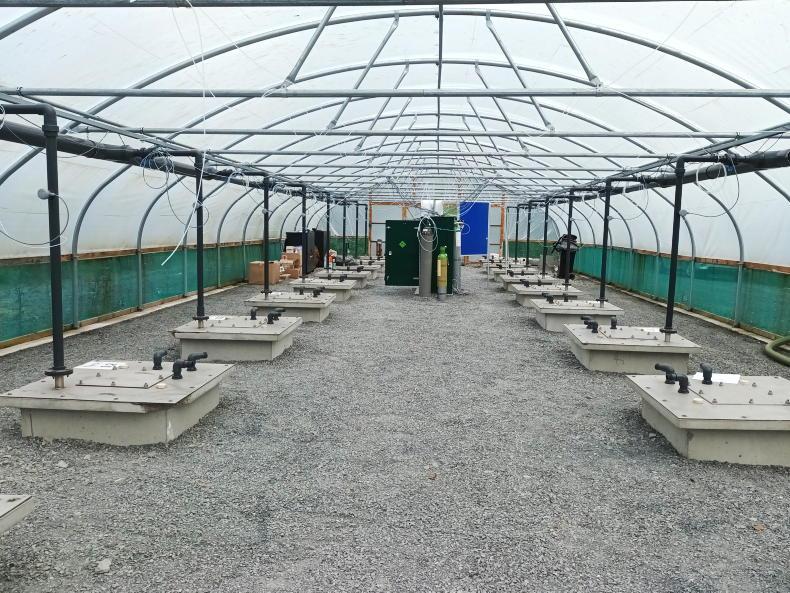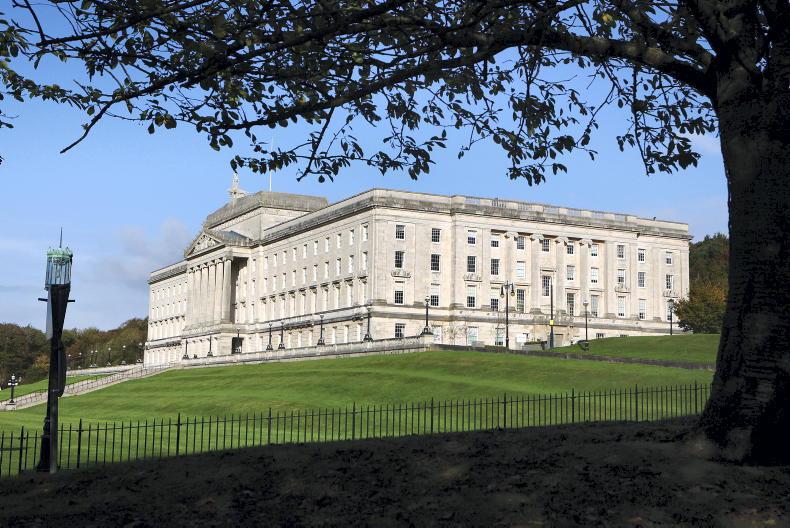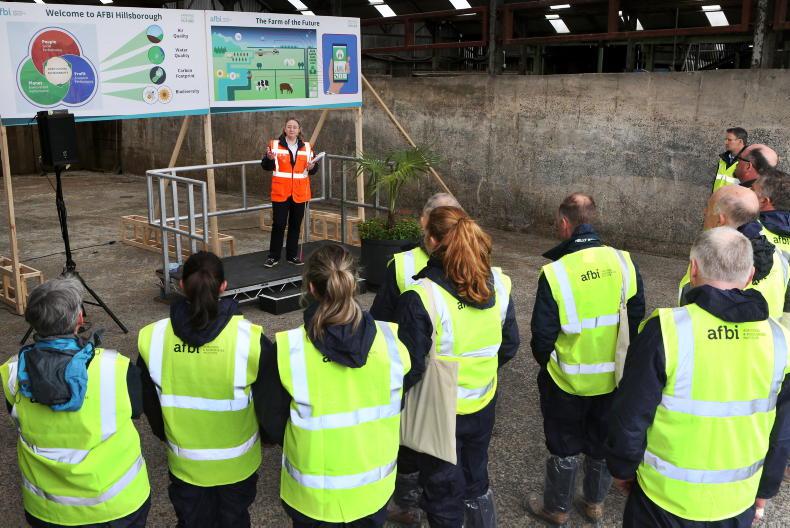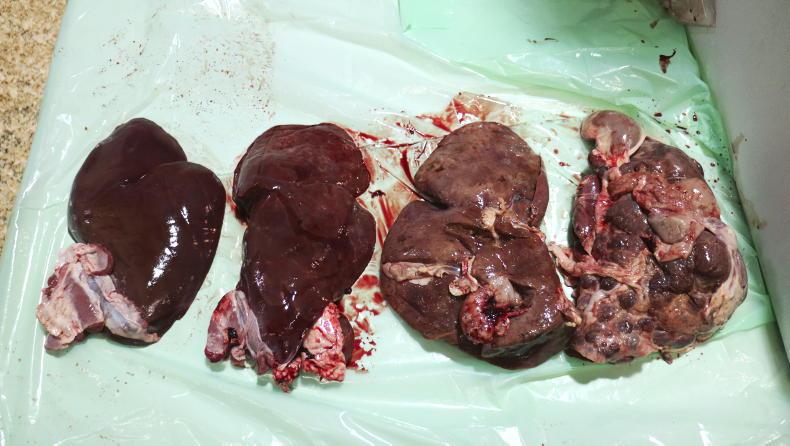Excess nutrients that have built up in Lough Neagh could be there for another 40 years, a water quality scientist said during an online event last week.
Yvonne McElarney from the Agri Food and Biosciences Institute (AFBI) explained that nutrients that have entered Lough Neagh accumulate in sediment at the bottom of the lake.
“It will take about 40 years for these nutrients to reduce to low levels. At the same time, we have to reduce external nutrients coming in whilst this natural flushing occurs,” she said.
“If we don’t reduce the nutrients coming in from the catchment, it will take even longer, because the sediment will be replenished with phosphorus in addition to what we have already.”
Excess phosphorus entering Lough Neagh has been a long-running water quality issue in NI and it was a key factor behind the unprecedented growth of blue-green algae last year.
Rachel Cassidy from AFBI cited previous research, which estimated that 62% of phosphorus in NI waterways comes from agriculture.
“We are currently working to refine this figure for Lough Neagh,” she said.
Regardless of the exact figure for farming’s contribution, it is clear that there is too much phosphorus building up on many farms across NI.
Cassidy said the phosphorus balance for NI agriculture equates to between 10-11kg/ha. This is calculated by subtracting phosphorus exports through sales of milk, livestock and crops, from phosphorus imports mainly due to concentrates and fertiliser.
Solutions
Cassidy suggested a solution could be processing slurry so that a high-phosphorus solid fraction can be exported and spread on land where phosphorus levels are low.
“We definitely need to deal with the surplus. Processing is an opportunity and something that should be pursued but we also need a major improvement in the efficiency of nutrient use within farms,” she said.
Cassidy maintained the Soil Nutrient Health Scheme, which is currently being rolled out across NI, should be a major help in improving nutrient use on farms. She said soil analysis results will allow farmers to make better informed decisions with nutrient management, and the LiDAR mapping element will show areas of farms that are at high risk of run-off into waterways.
Wastewater
However, nutrients entering Lough Neagh from sources other than farms remain an issue and were a factor behind the growth of blue-green algae last year.
Adam Mellor from AFBI described wastewater from septic tanks and water treatment works as “a significant contributor” to water quality problems in NI.
“There are a lot of unknowns for the loads that are slightly more diffuse from septic tanks. In a UK perspective, NI has an enormously high amount of septic tanks,” he said.
“It also has five times the amount of CSOs (combined sewer overflows) per head of population, when compared to England and Wales,” Mellor added.
Impact of climate and Zebra mussels
Aside from excess nutrients, AFBI scientists are clear that other factors also contributed to the growth of blue-green algae in Lough Neagh last year.
“Over the last six years, the average temperature at the bottom of the water column has been about 12°C. By contrast, in the previous six years, the average was 11°C,” said Yvonne McElarney.
The freshwater ecologist said this rise in temperature makes “a big difference” to the lake’s ecosystem and this has suited the bacteria that form blue-green algae.
Rainfall
Another factor related to climate is increased incidence of heavy rainfall, as this leads to a rise in the nutrients that enter surrounding waterways and the lough.
“Future climate is going to make this more challenging. It is projected that we will see increases in the intensity and frequency of heavy rainfall in autumn, winter and spring, which will drive run-off from saturated soils,” said Rachel Cassidy from AFBI.
“In summer, it is expected that we will have prolonged drought periods that may increase ecological stress in our rivers,” she added.
Blue-green algae has also benefited from increased water clarity in Lough Neagh, which is mainly due to the presence of Zebra mussels.
AFBI’s Harry Teagle explained that the invasive species were first discovered in the southeast of Lough Neagh in 2005 and have slowly spread throughout the water body.
“We have found every site which we sampled has Zebra mussels. They are everywhere in Lough Neagh,” he said.









SHARING OPTIONS